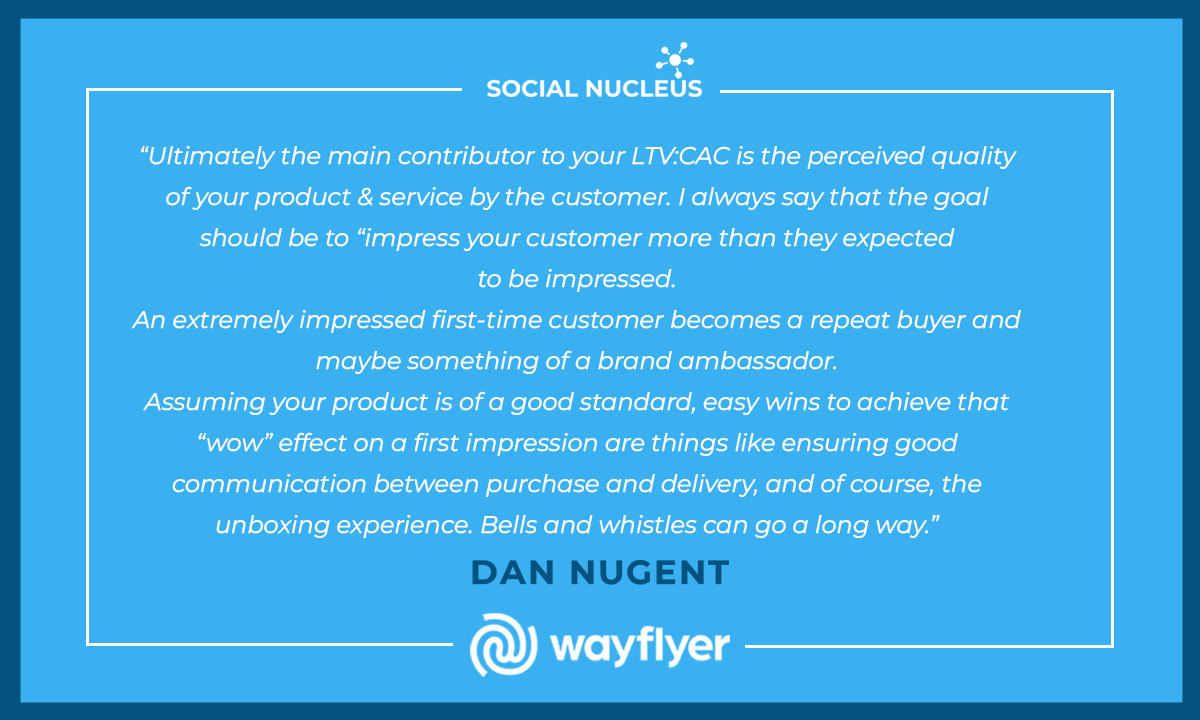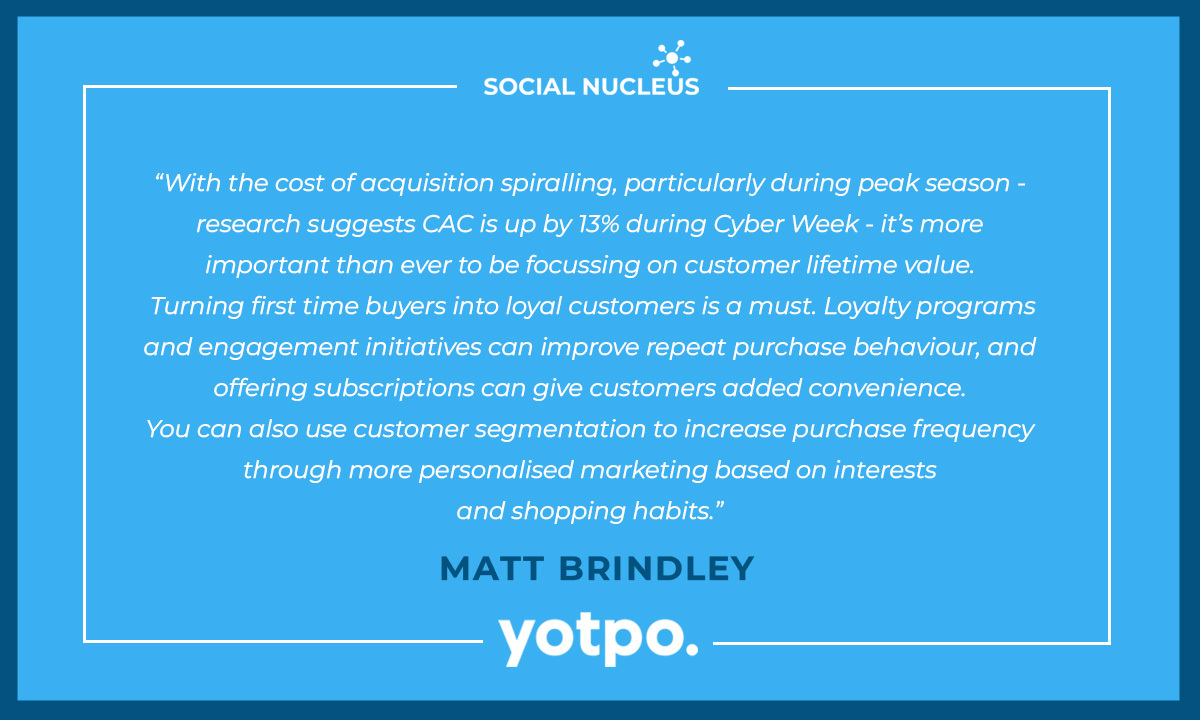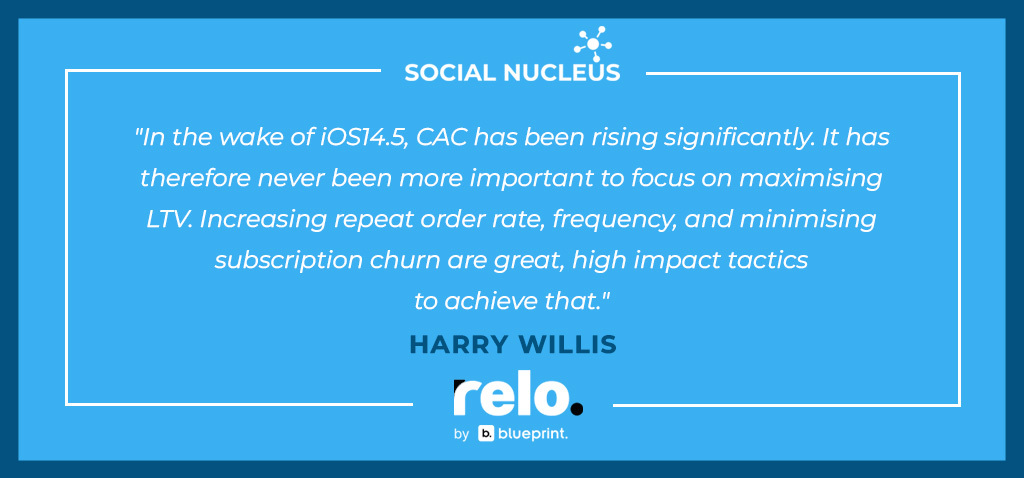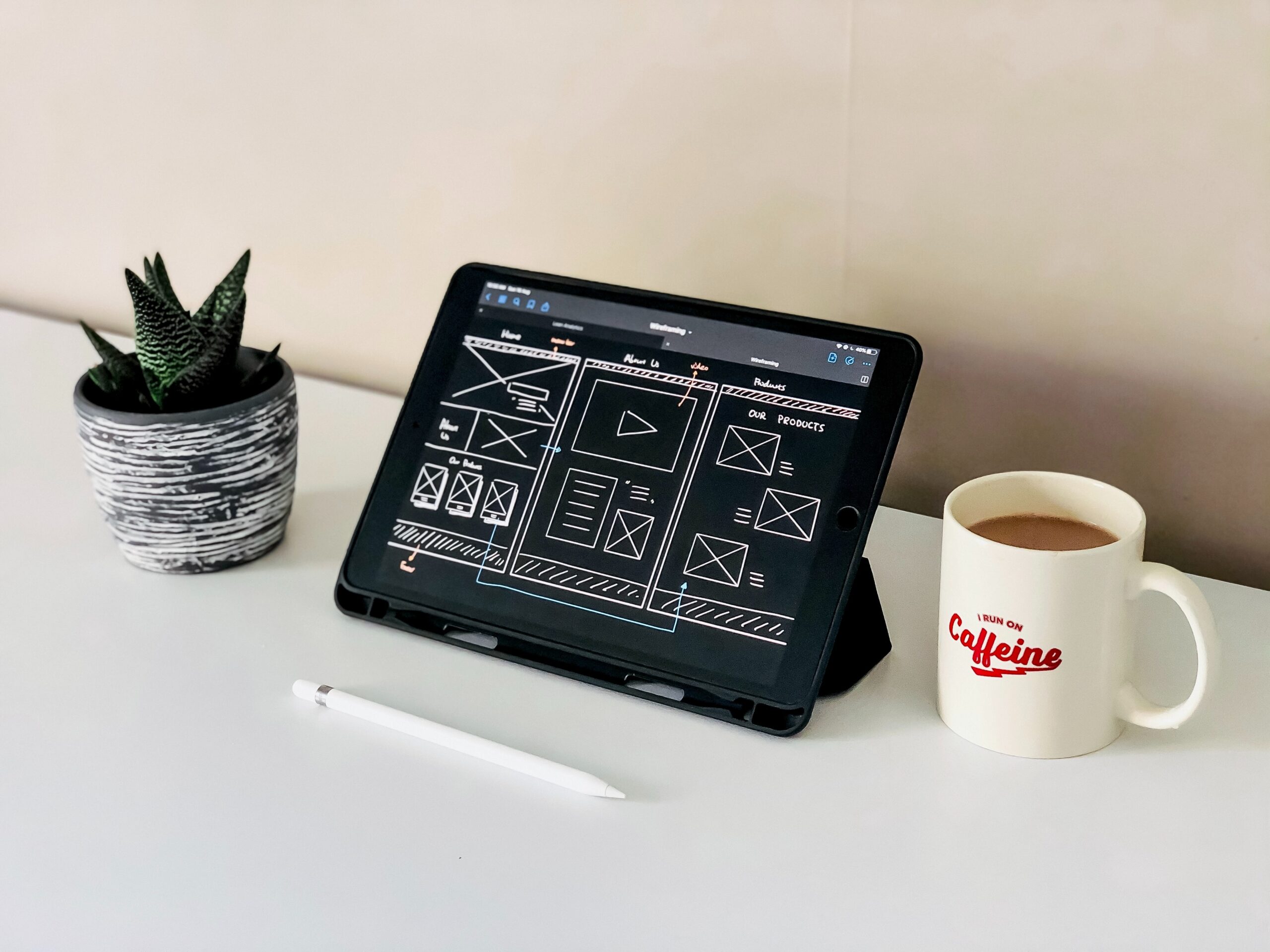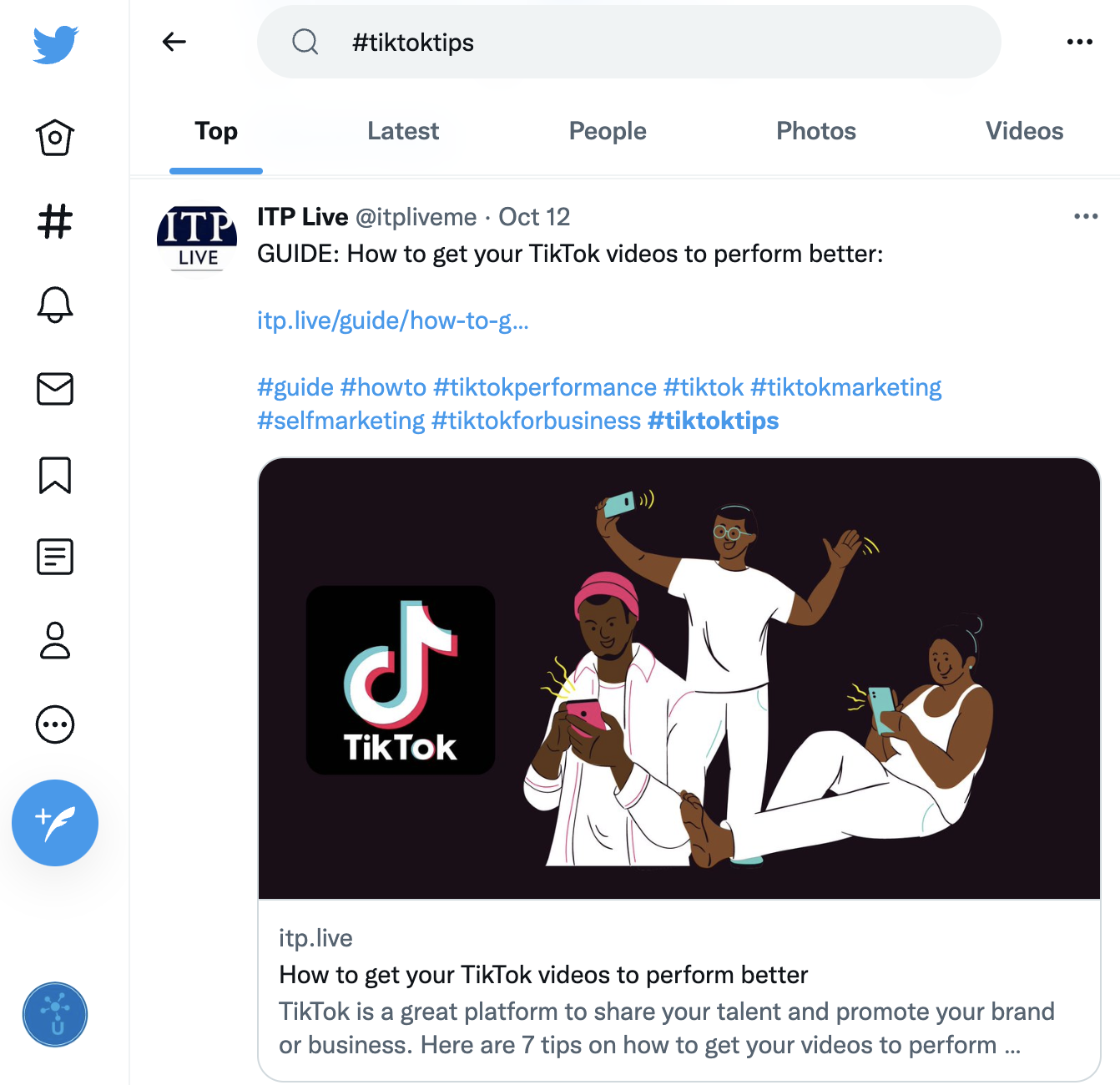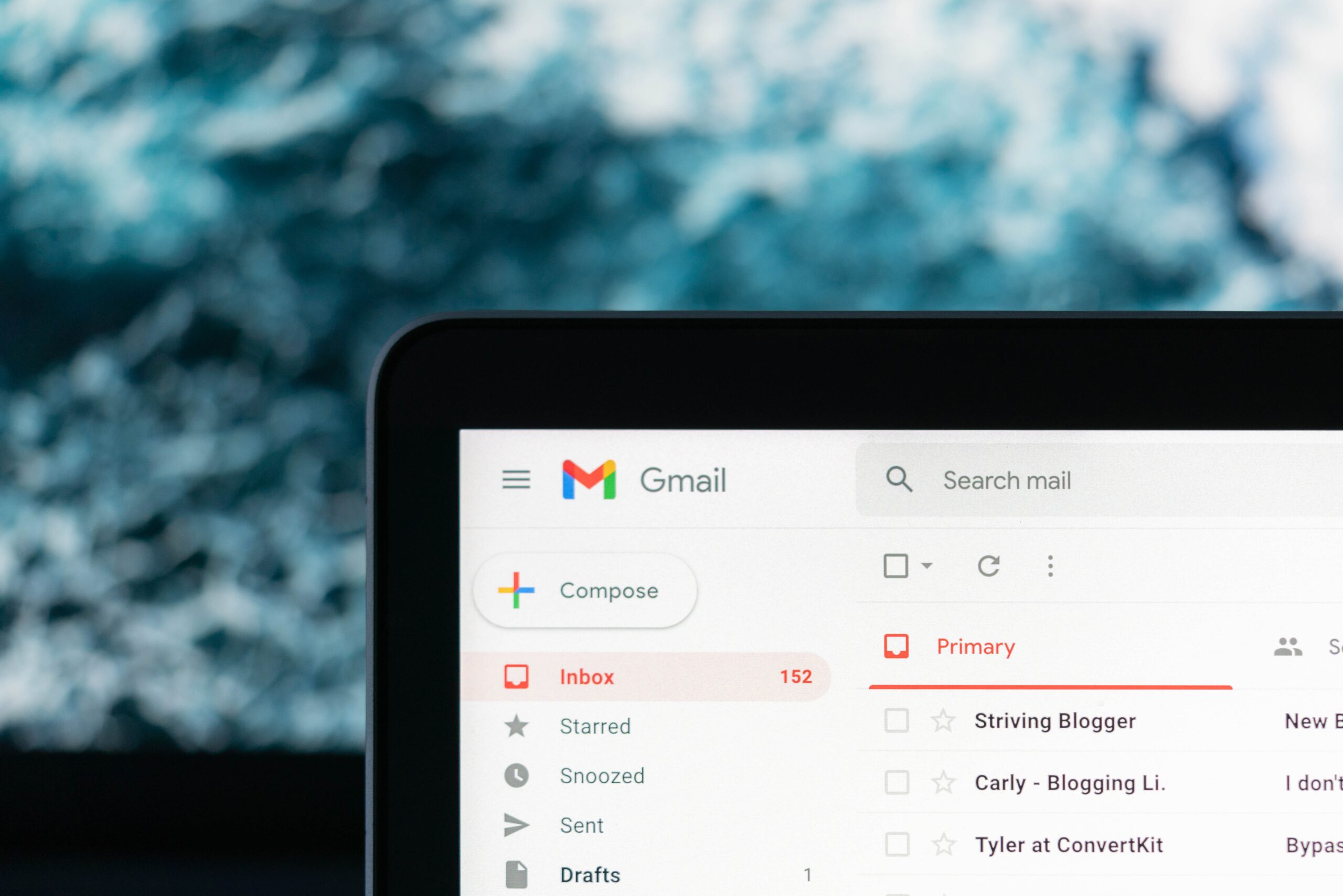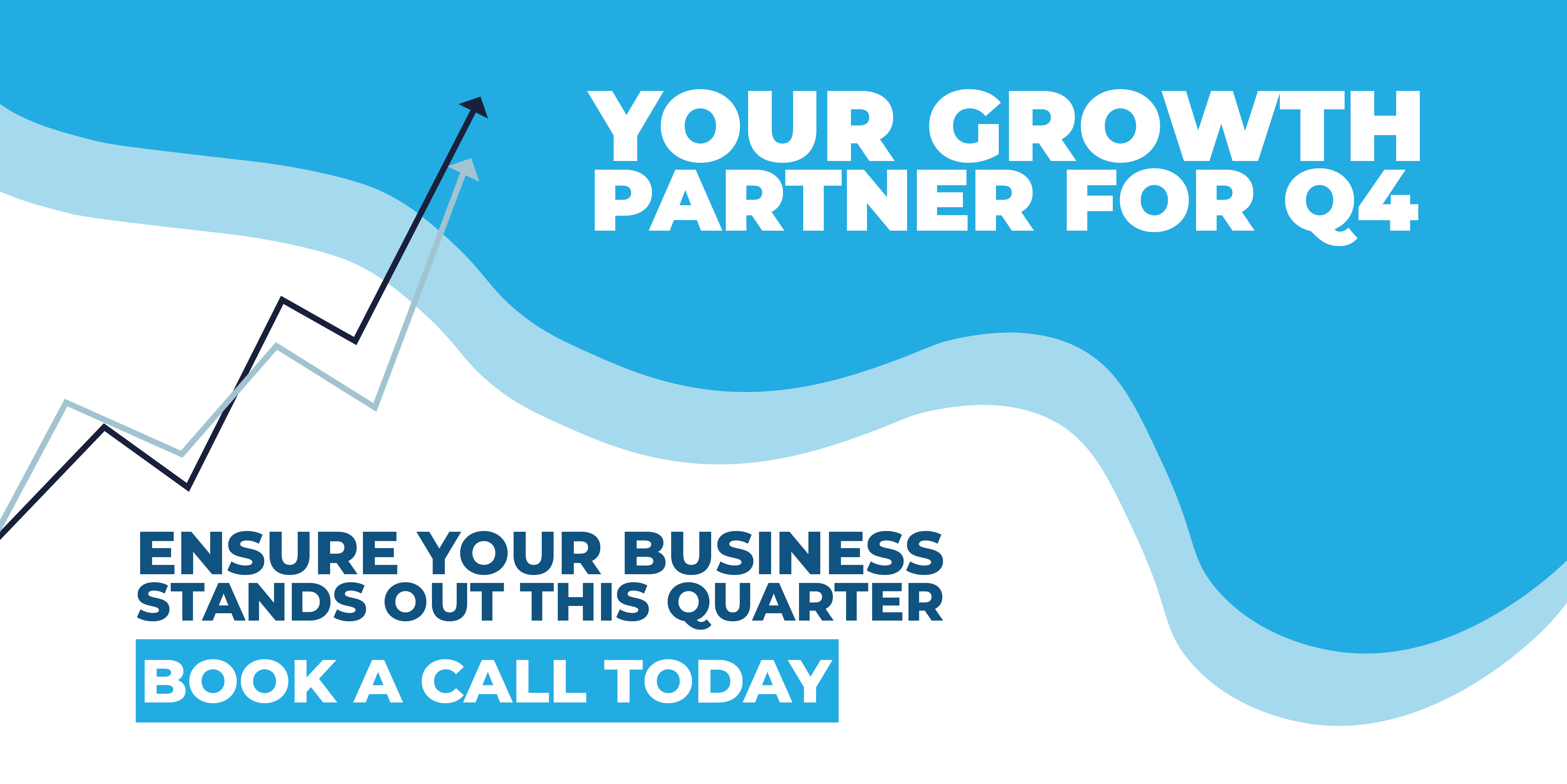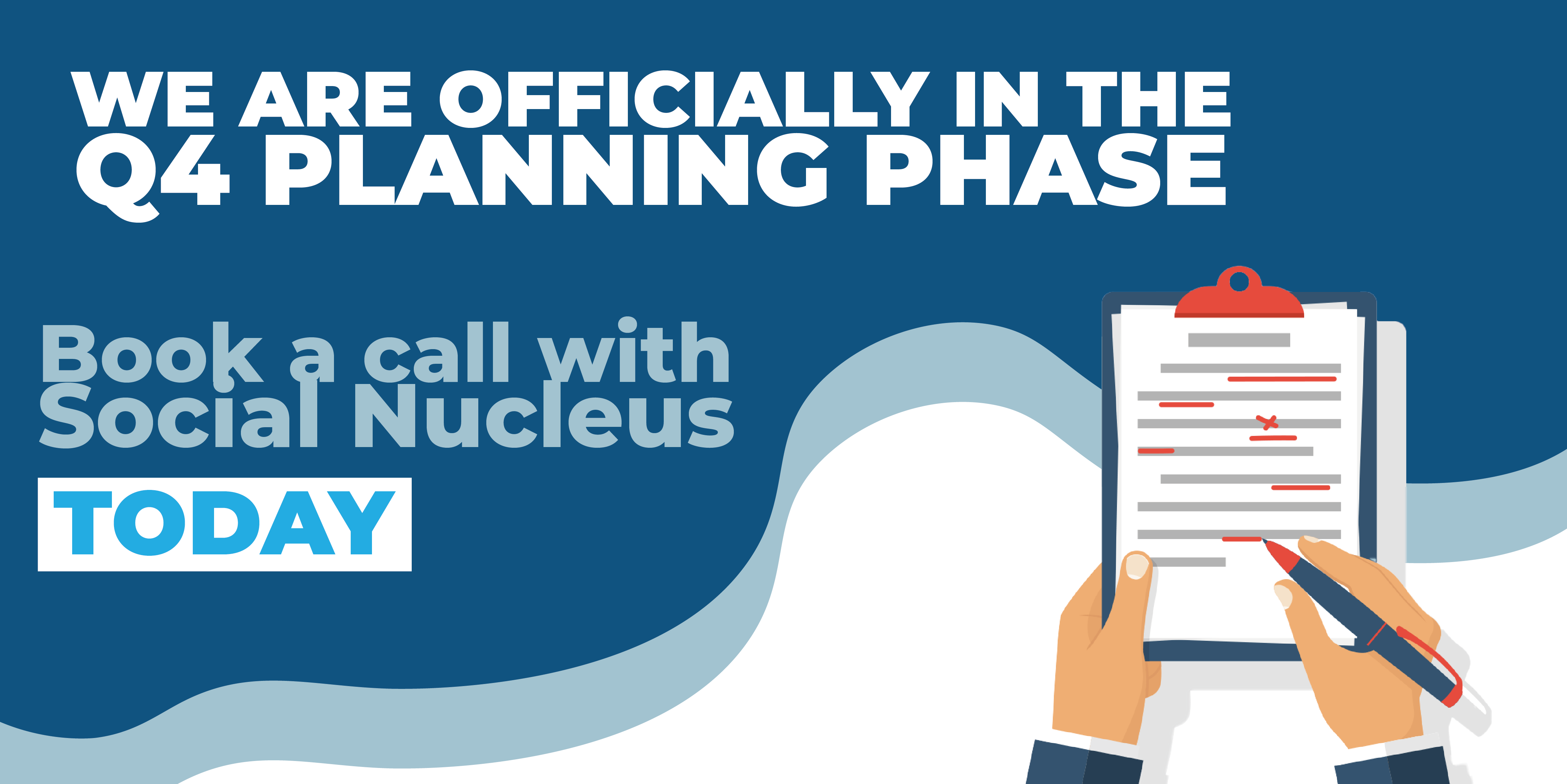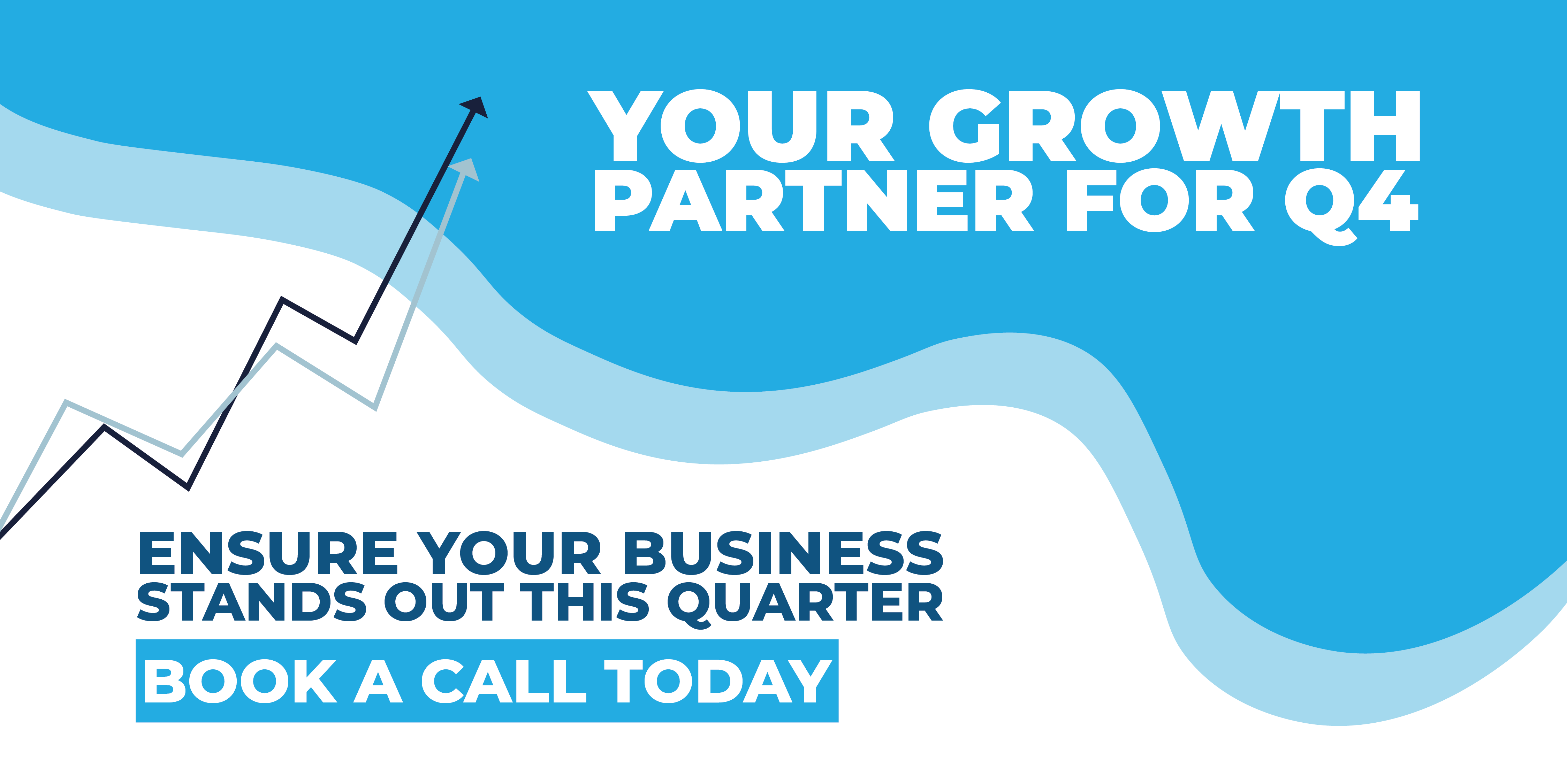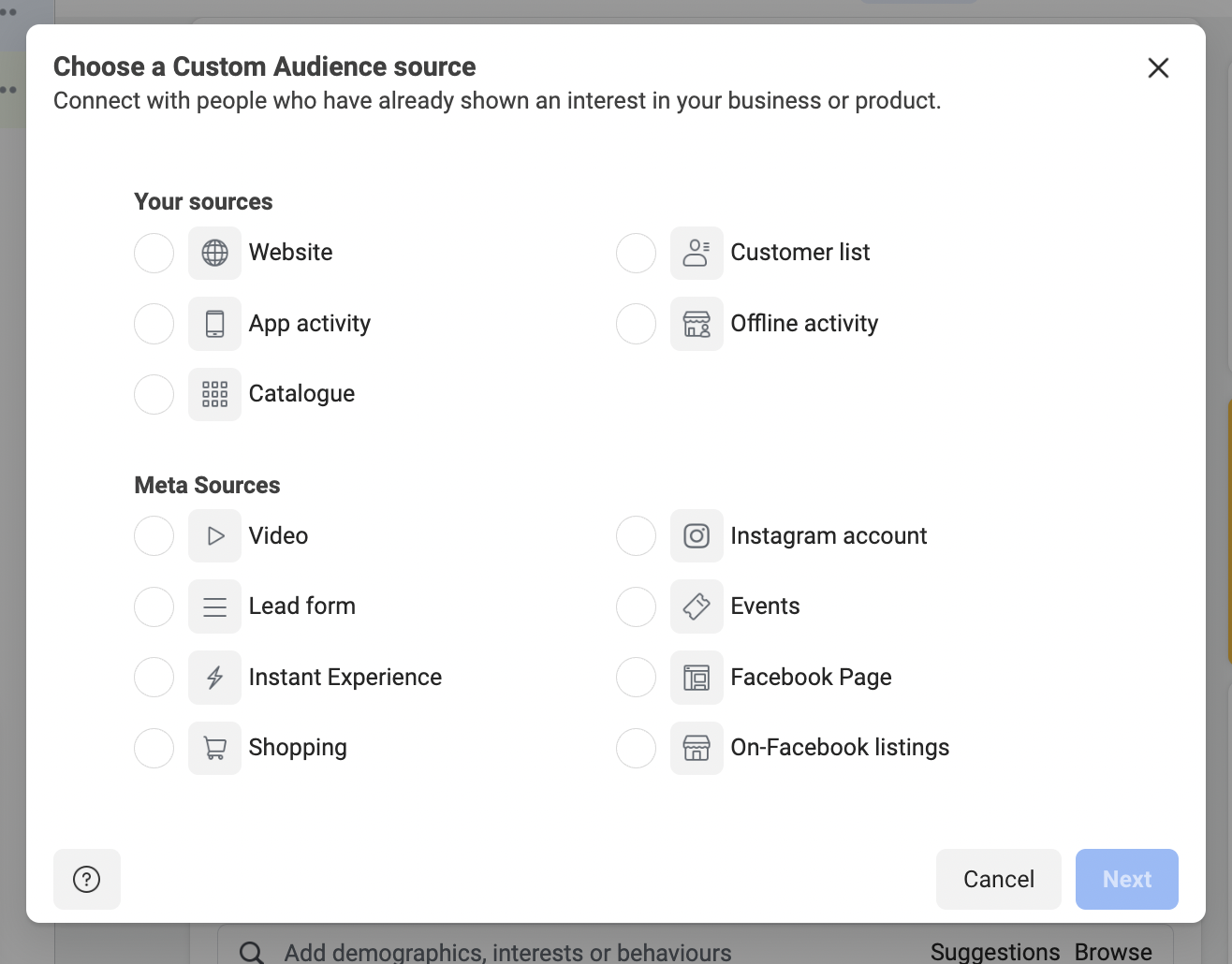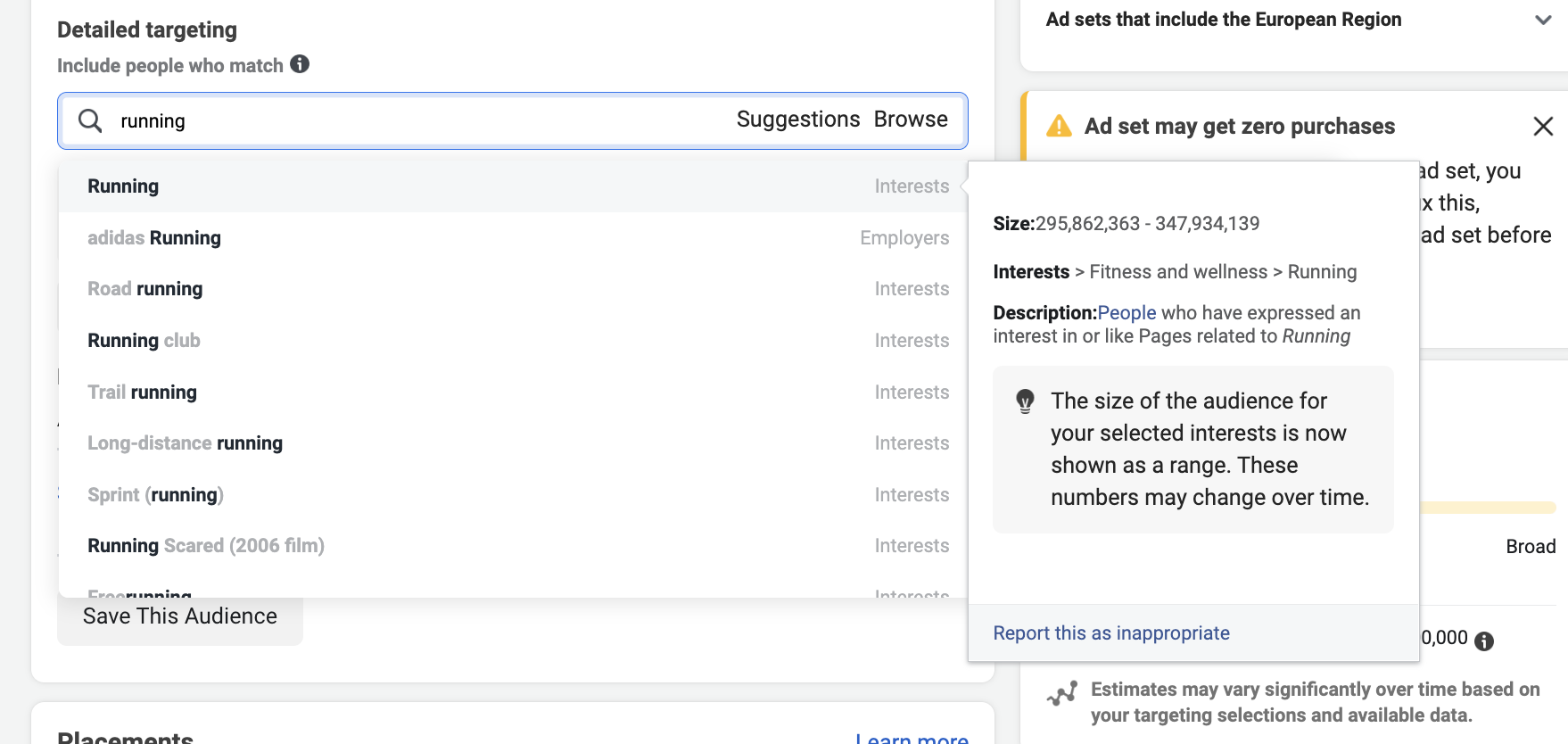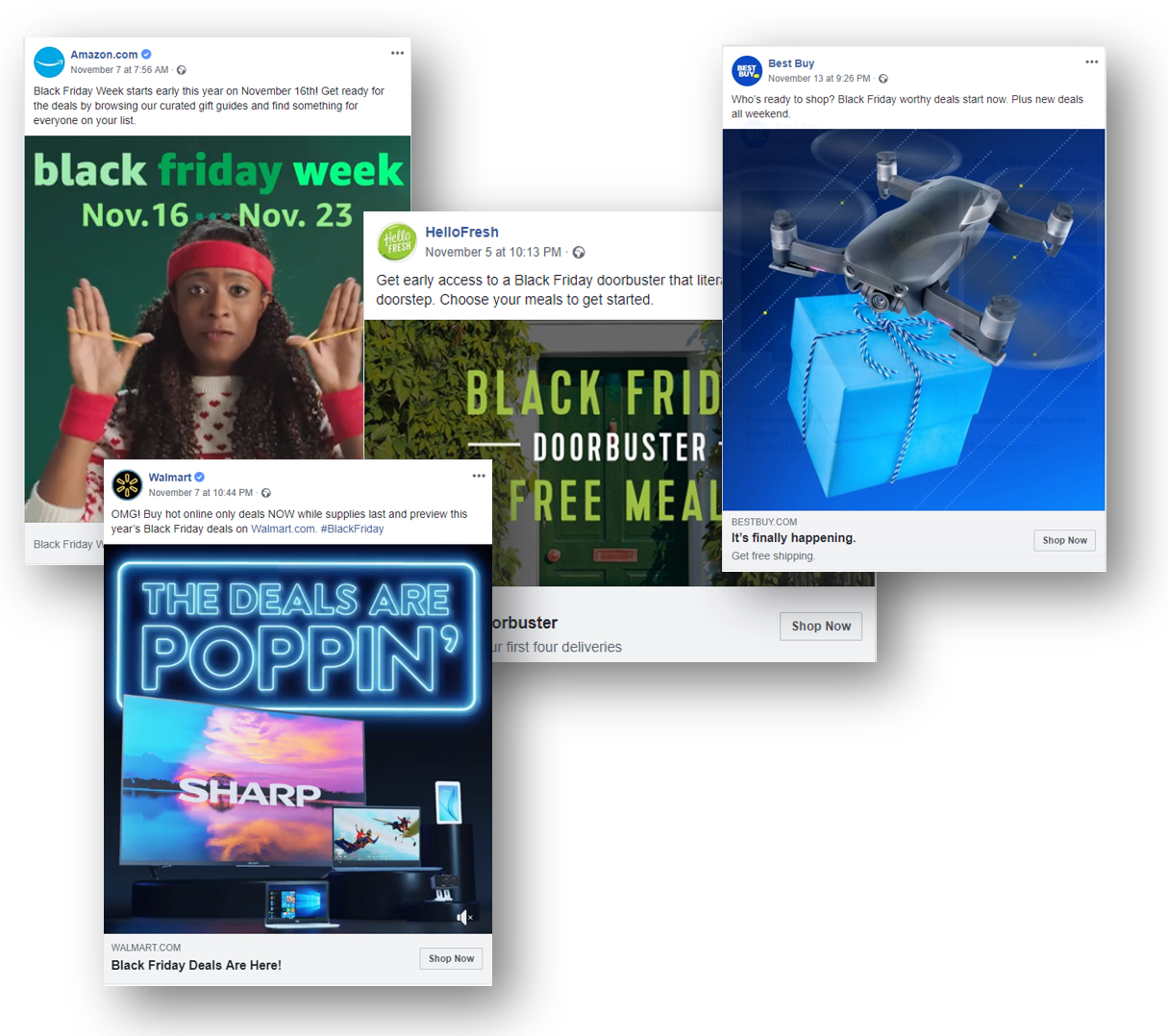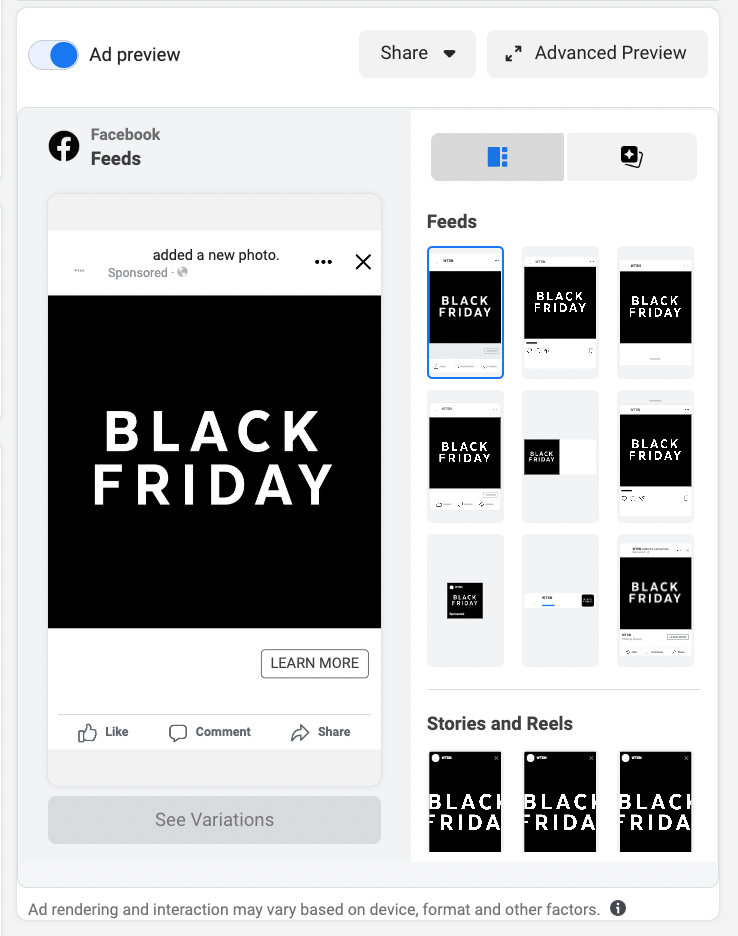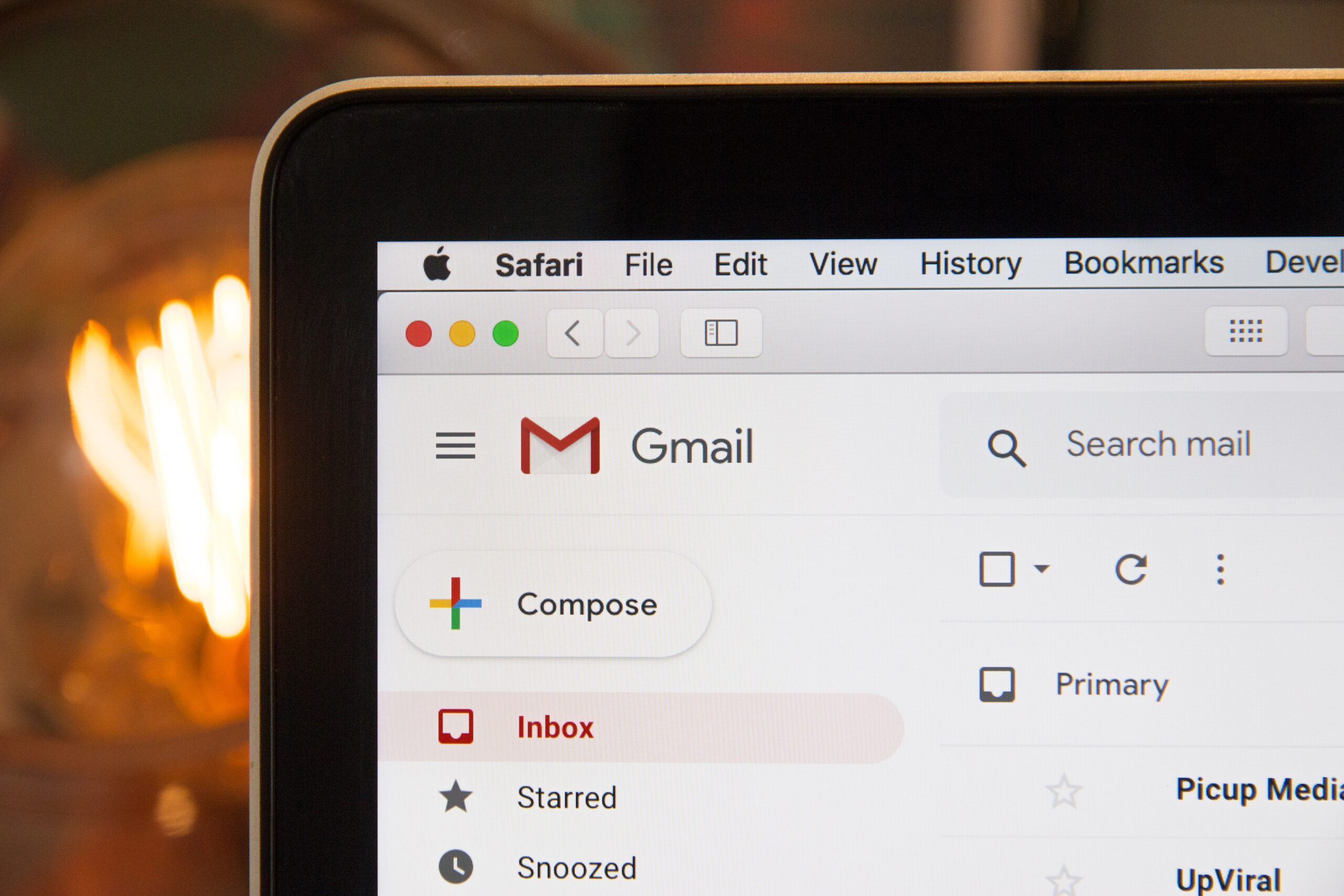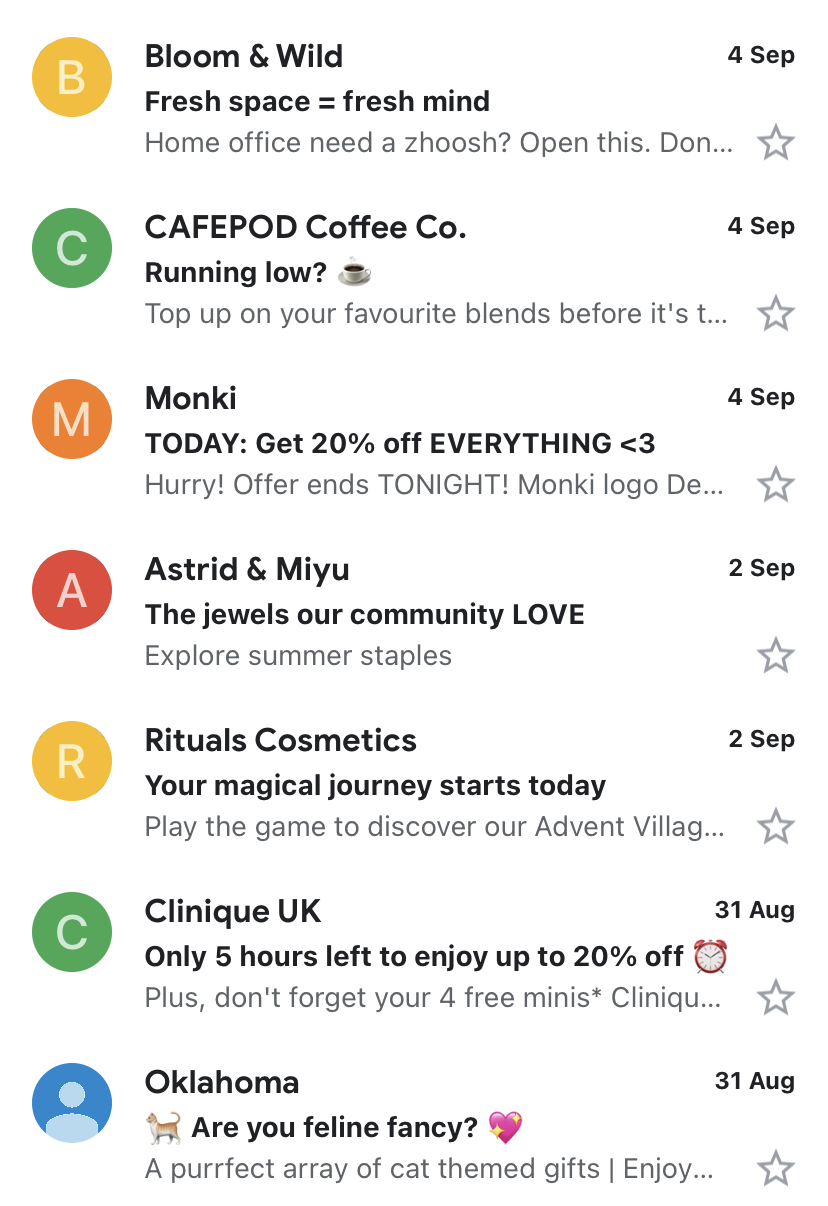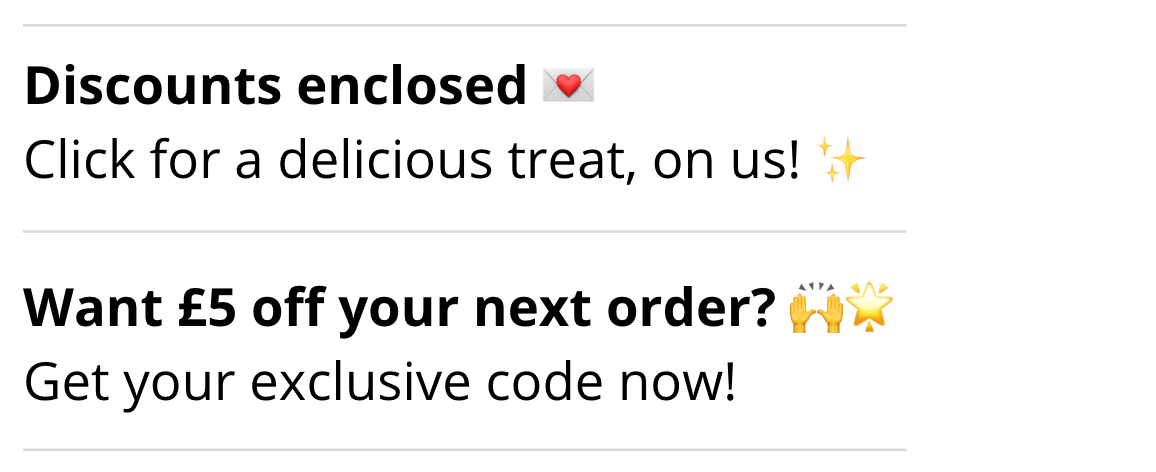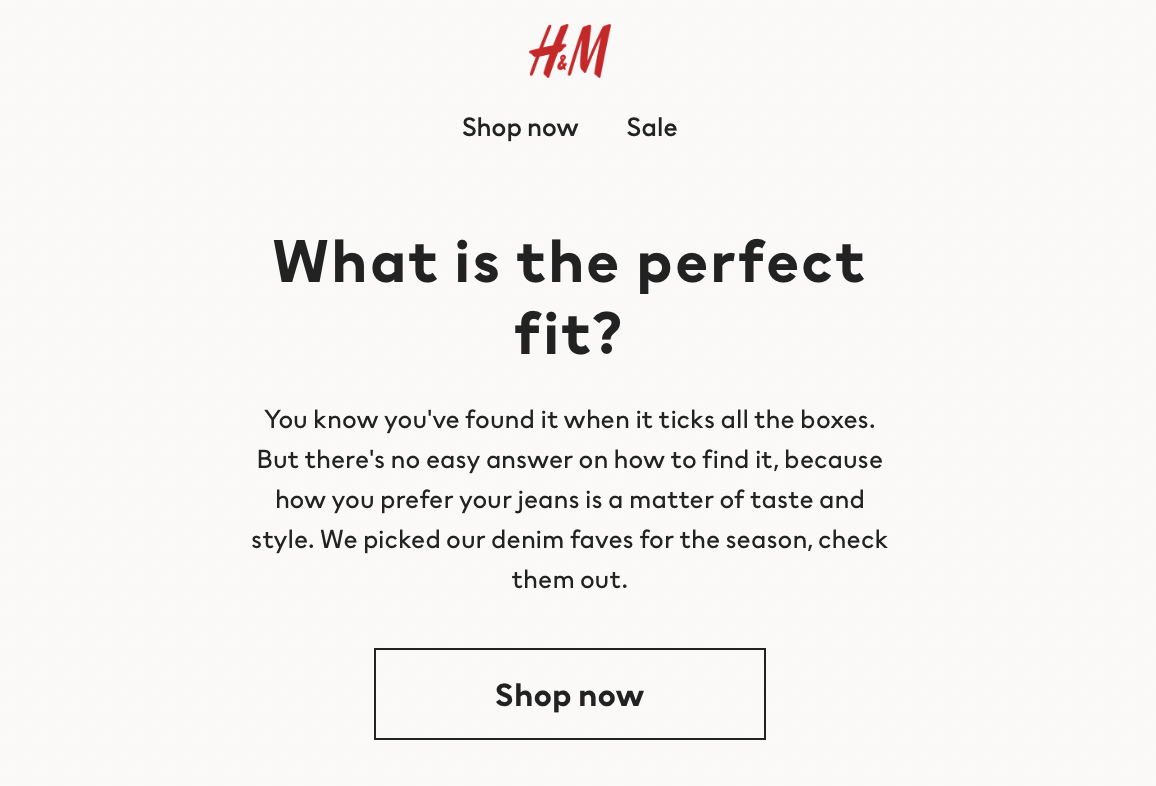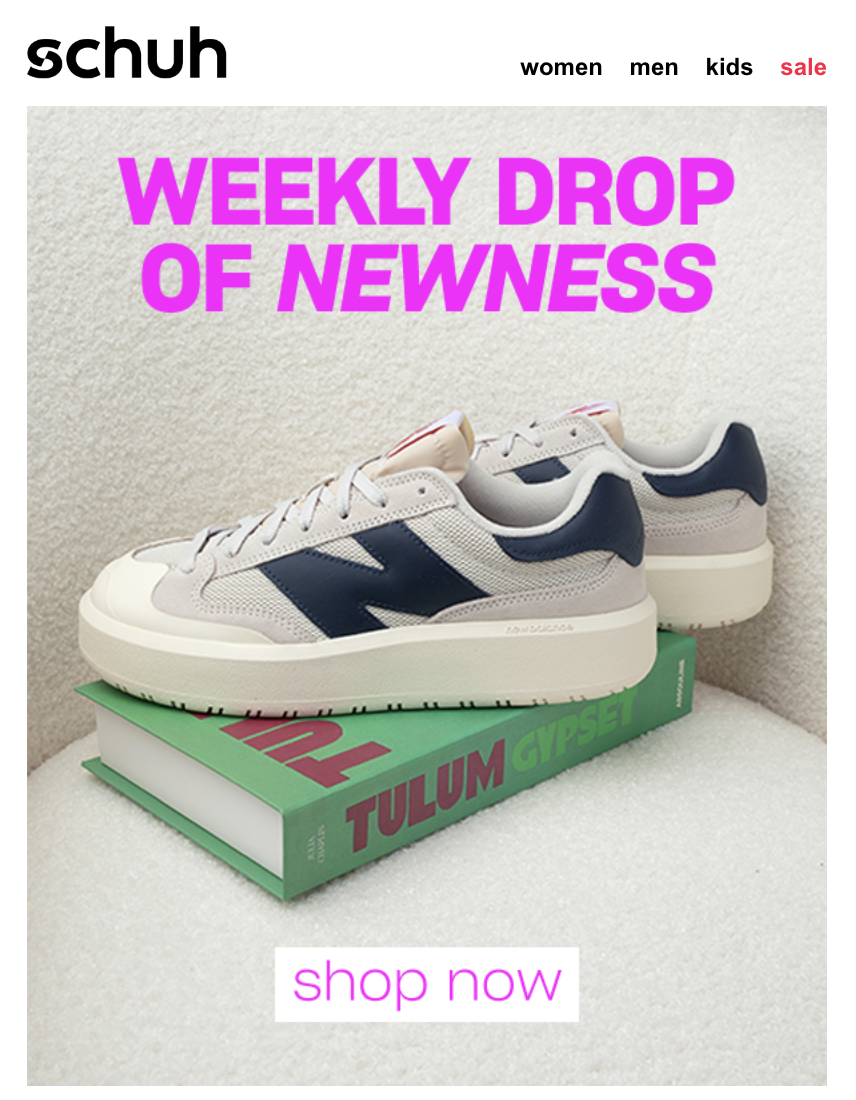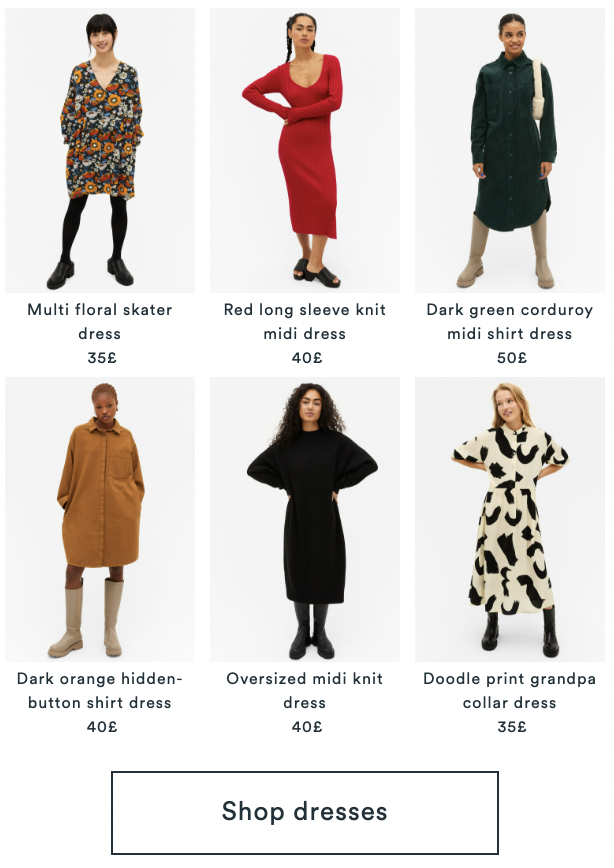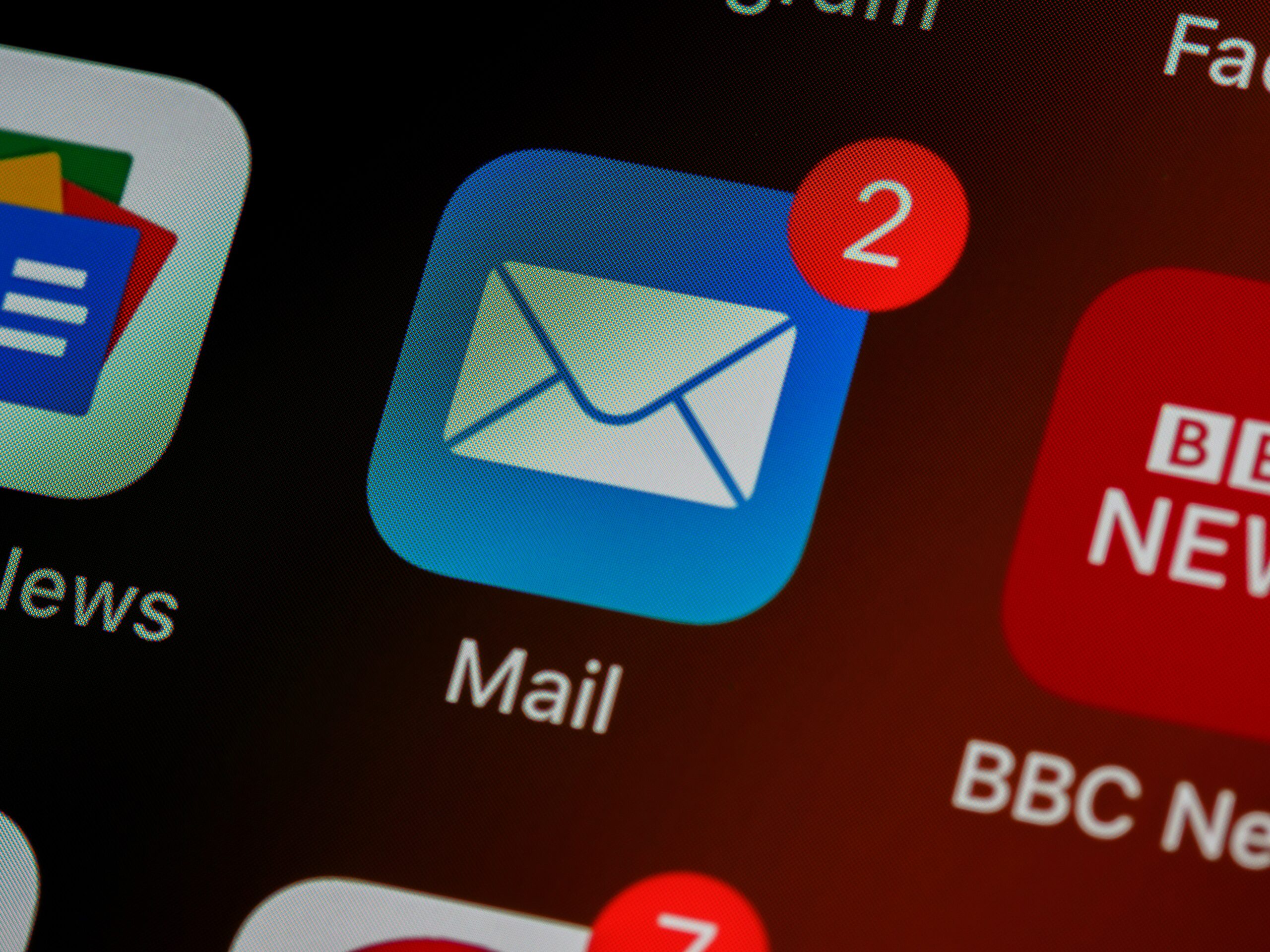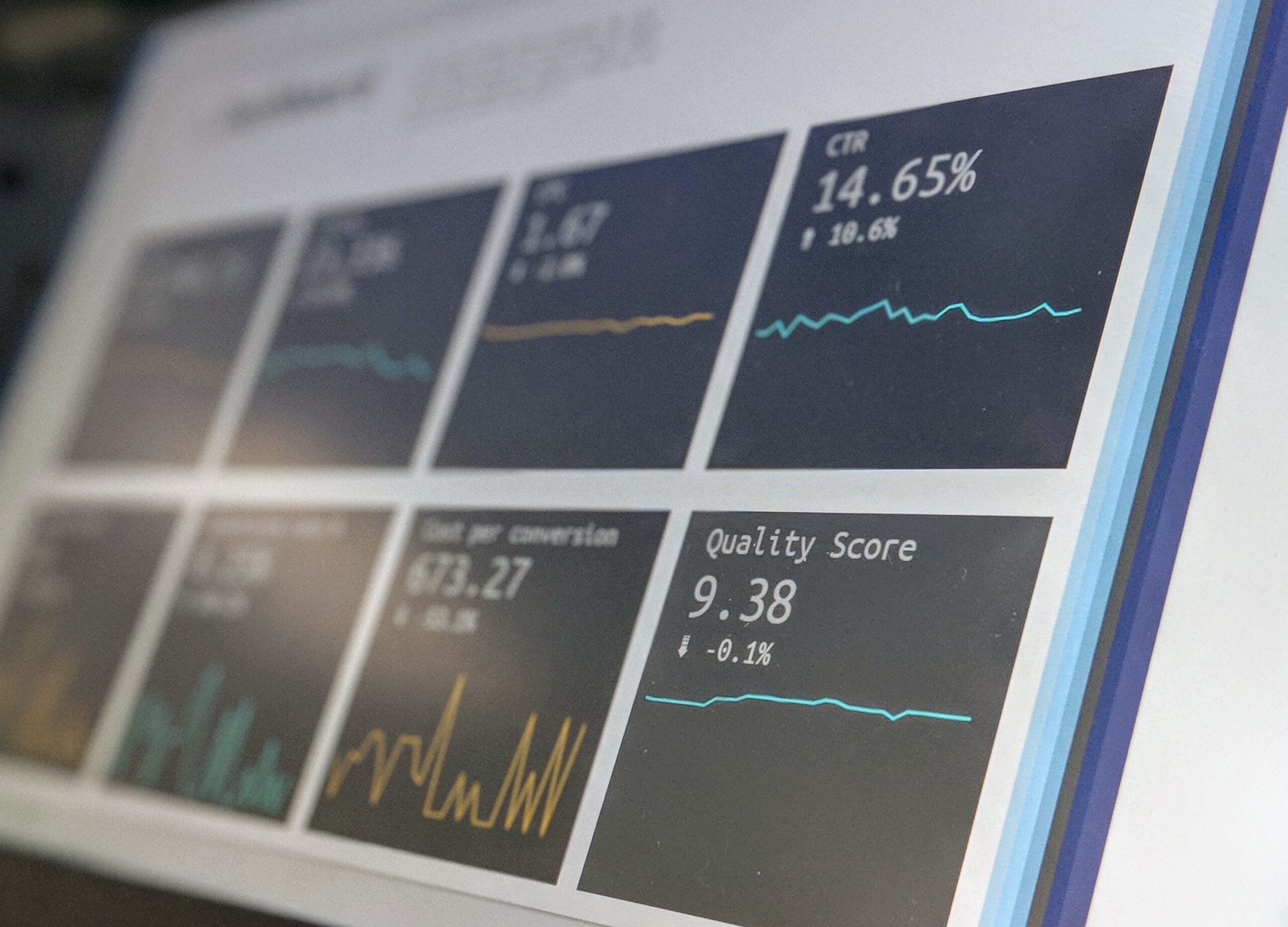Social media marketing for small businesses can be a tricky thing. For a start, you may not have the dedicated departments of the big brands. If you’re the sole voice of your business’s social media presence, then it can be very difficult to work out a strategy that is both efficient and cost-effective. At times, you might be tempted to think the whole thing is pointless. That couldn’t be further from the truth though; social media is a vital tool in boosting your brand’s optics, increasing acquisition and getting your name out there.
While you might not be able to match the might of powerhouse marketing departments, there are several things you can do to strengthen your current strategy. With that in mind, here is Social Nucleus’ 5-step guide to social media marketing for small businesses.
Different Methods for Different Platforms
Let’s start with the basics; don’t put out the same type of content on different platforms. For example, Facebook is a great way of connecting with prospective customers more colloquially. Here, those that have liked your page are looking for product updates, promotions or even just a witty post!
However, if you’re making a post for LinkedIn, then the audience is going to be very different. LinkedIn is the ‘professional’ social media, those using it are often looking to make business connections or find work. Here, you might find avenues for B2B marketing or raise engagement through posts that give a deeper insight into your own business.
You have to consider the constraints of certain platforms as well. While Twitter may afford a lot of versatility in terms of the content you can put out, you only have 280 characters to deliver it effectively. Posts will have to be short and snappy, but you may find it difficult to convey your message with such limited space.
Then you have the more visual platforms, like Instagram and YouTube. Here you’ll have to navigate the difficult realms of photo and video content, which require completely different skillsets. The production value and consistency of posts will determine your success. While you can get away with unstructured posting on Facebook and Twitter, you’ll need a carefully planned routine for these platforms. If your followers are used to seeing a couple of posts per day, plus stories, and you suddenly stop, this is going to negatively affect your engagement.
This might all seem like a lot to take in, but it is only a very brief outline of what you need to do for different platforms. The reality is that it takes a lot of work and time to craft engaging content that leads to conversions, especially on such a wide birth of social channels.
Tracking and Optimisation
This isn’t exclusive to social media marketing, but it is an important point nonetheless. When running any campaign, you need to ensure you are constantly monitoring its effectiveness. There are a variety of metrics to consider like reach, click-through rates and bounce rates.
If an aspect of your campaign is underperforming, then it’s time to review what is and isn’t working and optimise. You may only need to make a few tweaks, but the results could be seismic. Constant analysis and action are needed if you want to consistently hit your engagement and conversion targets.
Scout the Opposition
If you’re struggling to come up with ideas, then there is no shame in looking at your competitor’s strategy. In fact, this can be immensely beneficial and is a widely used practice across digital marketing.
A good way to do this is to identify two or three brands you consider to be your top competition and examine the type of content they’re putting out. You need to look for reoccurring themes in the language used and the way the messaging is delivered. For example, if all your copy is presented in block paragraphs, but the competition is using bullet points or listicles to break up the information, this could be an indicator that you need to switch up your style.
Similarly, you’ll be able to see specific keywords or phrases they are using which could spark inspiration for your own messaging. It’s not about copying, or even emulating their strategy, but if your biggest competitors are all using the same language in the same way, then that is something you need to consider.
Social Media Management Tools
One thing that will make your job infinitely easier is a social media management application, such as TweetDeck and Hootsuite. Instead of manually creating each post when you need it, these types of software will allow you to schedule whole campaigns well in advance.
They also let you manage every page or brand you’re overseeing without having to log in or out to switch. Using these won’t make or break your strategy, the onus is still on you to create engaging content after all, but they will prove greatly efficient.
These tools go back to our earlier point of analysing and optimising your content. Some applications will allow you to precisely track your engagement and conversion rates, as well as a slew of other metrics. These are invaluable in identifying campaigns that are running well and those that are underperforming.
Know your Audience
This might seem a little basic, but you would be surprised how many brands use generic messaging. While targeting a broad audience with your ad copy and content can produce results, creating specialised sets for certain crowds and angles is absolutely essential.
Before the start of any campaign, whether it’s paid ads or trying to drive traffic organically, you need to identify potential audiences to target. A good way to do this is to imagine a customer that would be drawn to your product and ask yourself a few questions; where are they from, how old are they, etc. This is a creative exercise that can help visualise the type of person your messaging needs to appeal to.
Call the experts!
Just because you don’t have the resources for a dedicated department, that doesn’t mean you can’t enlist professional help when looking for social media marketing for small businesses. At Social Nucleus, we offer a variety of services that can bring out the best of your brand on any social platform. We will craft an effective launch strategy for your ad campaigns based on analytics and information provided by you. On top of that, we’ll work within your budget and regularly update you with key information for your campaigns, where you can improve and recommendations for scaling. Get in touch with us today and take your digital presence to the next level.

